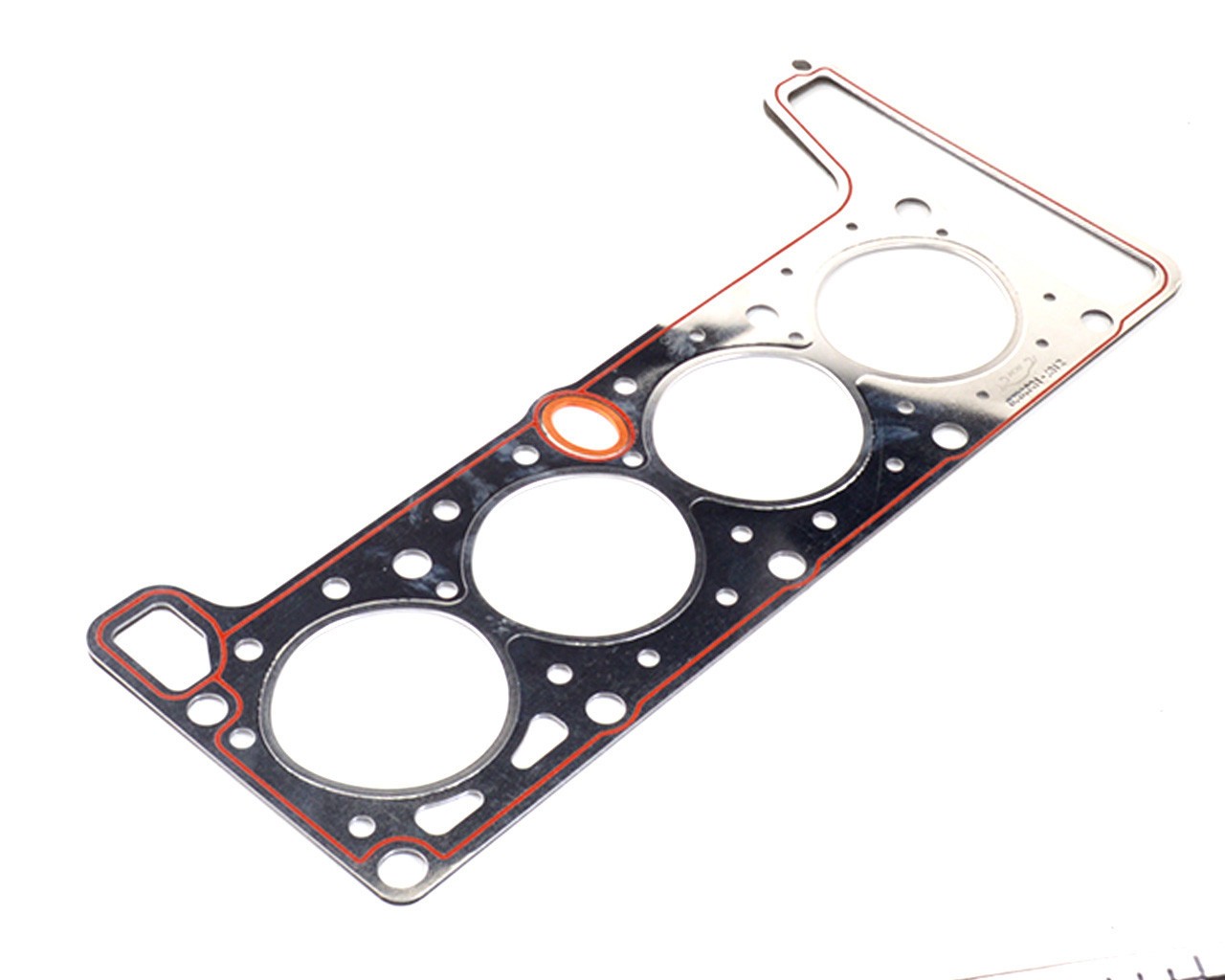
How to buy a quality gasket
There are many types of gaskets on a typical car, from cylinder head gaskets that fit between the cylinder head and engine block, to engine gaskets that isolate harmful elements and keep the engine safe and sealed.
Various gaskets around the engine protect the intake and exhaust manifolds as well as the oil pan they protect against leaks and more. Many pass oil to the block to lubricate it, but must also keep the coolant flowing to prevent the engine from overheating. Failure of any of these gaskets can be dangerous to your engine and may be the most common form of engine damage.
What to look for when working with gaskets:
Gaskets have a bad tendency to overheat and then break due to motors overheating. As the metal heats up, it expands and then contracts as it cools, which can rob the metal a little each time.
Various chemicals in contact with gaskets can also cause them to fail over time. You can see other gasket failures by checking the engine oil. If it looks like chocolate milk or is watery and bubbly, then your oil most likely got coolant in it, which is why you blew a gasket.
If you have one gasket that needs to be replaced, it's best to replace them all at once. Whatever environmental factor caused one of them to fail is likely to affect the entire batch, and proactively replacing them all could save you from costly repairs down the road.
Check the torque on the head gasket when you replace it - even a new one may need to be retorqued to make sure it is flexible and can continue to work.
Make sure the head and block are in good condition and flat before putting the gasket back on. The gasket needs a flat surface to seal on.
